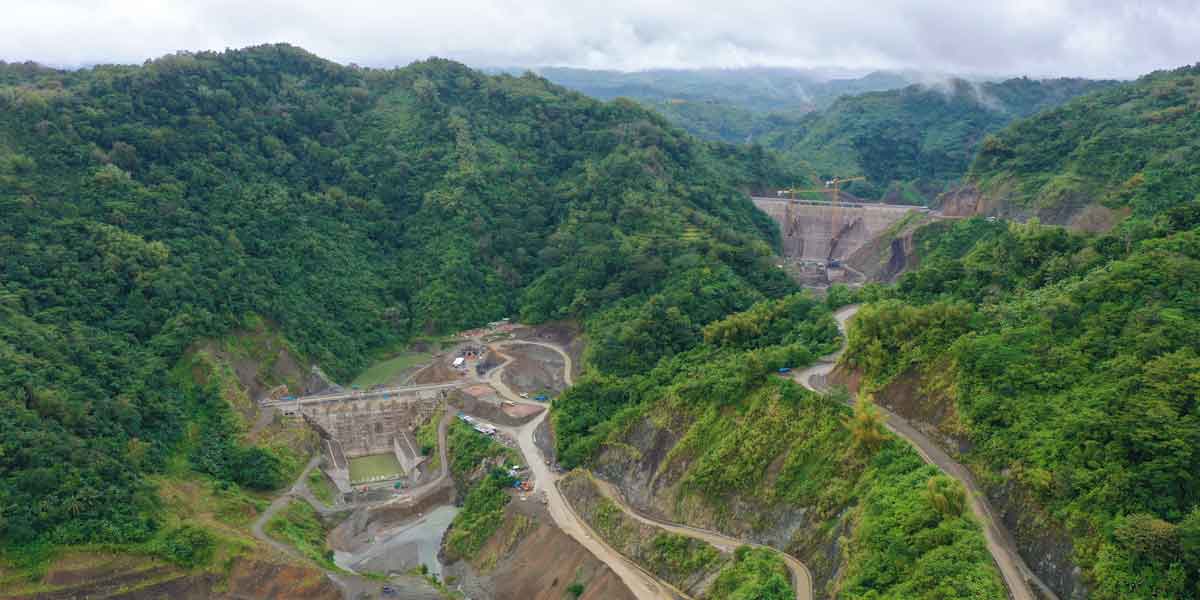 By Dr. Rex Casiple
By Dr. Rex Casiple
The move to change the academic calendar year from June to August 2020 is consistent with Section 3 of Republic Act No. 7797, otherwise known as “An Act to Lengthen the School Calendar from 200 Days to Not More than 220 Class Days.”
The law states that the school year, effective 1995-96, shall start on the first Monday of June but not later than the last day of August. In the implementation of this Act, the Secretary of the Department of Education, Culture and Sports (DECS), now the Department of Education (DepEd), shall determine the end of the regular school year. All higher education institutions (HEIs) are also obliged to follow the provisions of this law.
In this COVID-19 pandemic, there were so many questions asked whether the basic education will officially open this academic year (AY) 2020-2021 on August 24 and end on April 30, 2021. During the start of classes next school year we are not sure whether all elementary and high school students will physically return to schools or attend classes. Classes in some high risks areas may be conducted online, offline or on blended learning system until the vaccine for COVID-19 is found or until the government allows reopening of school buildings needed in the traditional classroom learning.
In some remote areas or barangays without internet connectivity but without the presence of COVID-19 case since the start of pandemic may go offline or blended learning system. These public and private schools should be ready to implement flexible learning as an alternative to traditional classroom learning before the start of classes. This includes having their lessons through radio, television or cellular phones as what is applicable in the area where the learning process takes place. For this reason there might be changes in the contents of school curriculum, syllabi, lesson planning and scheduling of classes.
Various learning delivery options such as but not limited to face-to-face, blended learnings, distance learnings, homeschooling and other modes of delivery shall be adopted. The possibility of alternating school days for students or staggered conduct of classes is also pushed by some of our authorities in education. This is to decongest the number of students inside the classroom and ensure the students and teachers’ safety in school areas with physical attendance.
In schools where face-to-face modality is allowed, there shall be a maximum of 15 to 20 learners in a class. This is in compliance with the social distancing measures set by the Department of Health (DOH).
Also, the conduct of curricular and co-curricular activities that involve gathering of large number of learners, such as science fairs, trade fairs, school sports, campus journalism, festival of talents, job fairs, career orientation, among others are cancelled for the school year, except those activities conducted online.
In enrolment period, teachers may report for work whether physically or virtually. They may undergo series of capacity building activities for Flexible Learning (FL) or lessons under the new normal. Teachers will be trained to implement the adjustments as well as to prepare the needed facilities and equipment under the new delivery modes.
Also, under the new teaching-learning modes, parents play big role in the education of their children at home. Hence in this period of pandemic, when the parent’s role is crucial, the school partnerships with parents or guardians shall be strengthened. There will be more orientations and capacity building for parents and guardians to prepare them for their new role/responsibilities in the new teaching-learning process. Local government units (LGU) support in this undertakings, especially in the provision of funding and resources, is needed.
In this period of COVID-19 pandemic, understanding, mutual support, unity, and bayanihan is a must.






















